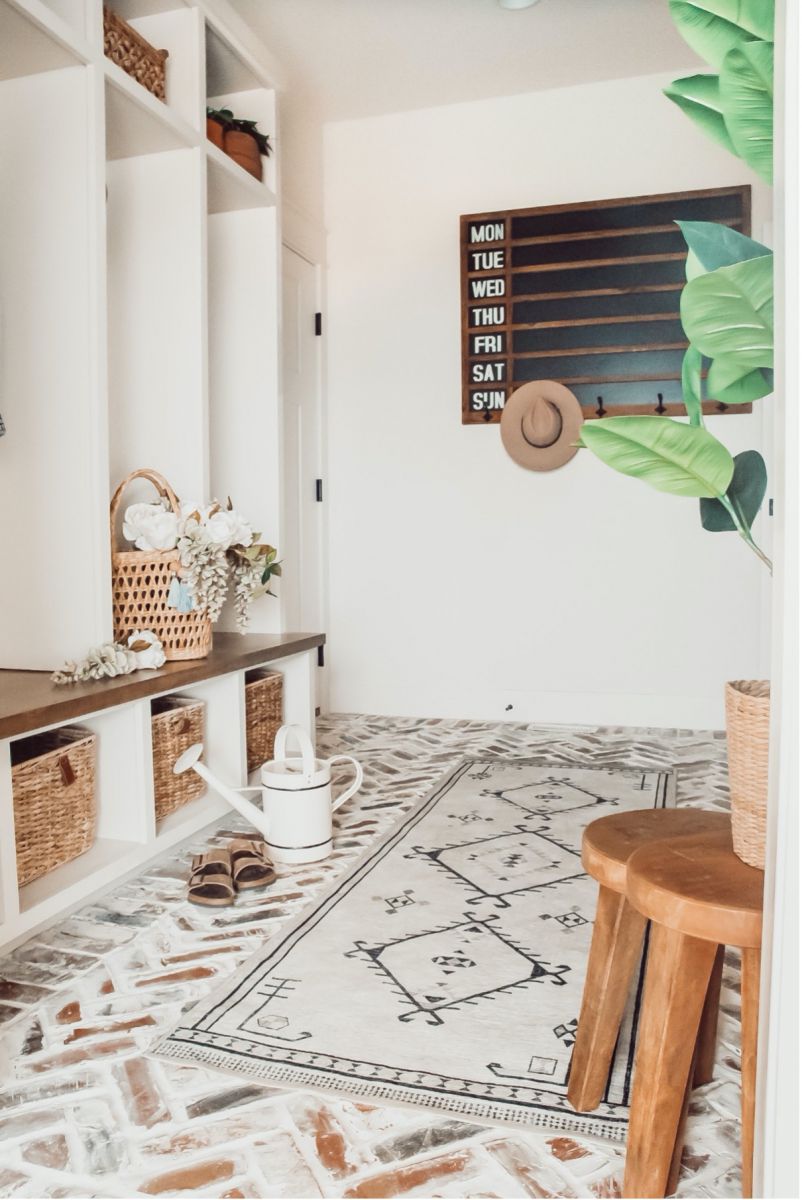Contact
Cherokee Brick Blog
Installing Brick Flooring
by Anna Dunstan
Posted on March 22, 2023 11:41 AM
Installing Brick Flooring

Installing brick flooring can be a great way to add a rustic and timeless look to your home. There are several benefits to using brick flooring in your home or commercial space including durability, low maintenance, aesthetics, energy efficiency, eco-friendliness, and versatility.
Brick is a highly durable material that can withstand heavy foot traffic, making it ideal for high-traffic areas like hallways, entryways, and kitchens.
Brick flooring requires very little maintenance. Regular sweeping and occasional mopping are all that's needed to keep it looking great.
Brick flooring has a classic and rustic look that can add character and warmth to any space. It comes in a variety of colors and patterns, so you can choose the perfect style to match your decor.
Brick has excellent thermal mass, which means it can absorb heat during the day and release it slowly at night. This can help regulate indoor temperatures and reduce energy costs.
Brick is a natural and eco-friendly material that doesn't release harmful VOCs (volatile organic compounds) into the air. It's also recyclable and can be reused in other construction projects.
Brick flooring can be installed indoors or outdoors, making it a versatile option for a variety of spaces. Overall, brick flooring is a timeless and practical choice that offers a range of benefits for homeowners and business owners alike.
If you are thinking about taking on this project as a DIY, here are the general steps to follow for installing brick flooring:
Plan the layout: Before starting, plan the layout of the brick to ensure that the pattern is uniform, and any cuts are minimal. Consider starting in the center of the room and working outward to achieve symmetry.
Prepare the surface: The surface on which the brick flooring will be installed must be cleaned and leveled. Remove any old flooring and make any necessary repairs to the subfloor.
Lay the foundation: Lay a layer of concrete or mortar to create a solid foundation for the brick flooring. Spread the mortar evenly using a notched trowel.
Lay the bricks: Begin laying the bricks, starting from one corner of the room and working your way across. Apply mortar to the back of each brick and place them firmly onto the foundation, making sure that each brick is level and evenly spaced.
Cut the bricks: As you near the edges of the room or encounter obstacles such as pipes or corners, you may need to cut the brick to fit. Use a wet saw or angle grinder to make precise cuts.
Fill the gaps: Once all the brick are laid, use a grout bag to fill the gaps between the brick with mortar. Allow the mortar to dry completely before walking on the floor.
Seal the floor: Once the mortar is dry, apply a sealant to protect the brick flooring from water damage and stains.
Remember, installing brick flooring can be a challenging task, so if you are not confident in your ability to complete the job, consider hiring a professional.
If you want to have brick flooring in your home but are not sure where to begin, you can always start by taking a look at our wide range of brick colors, or use the brick selector on our home page!